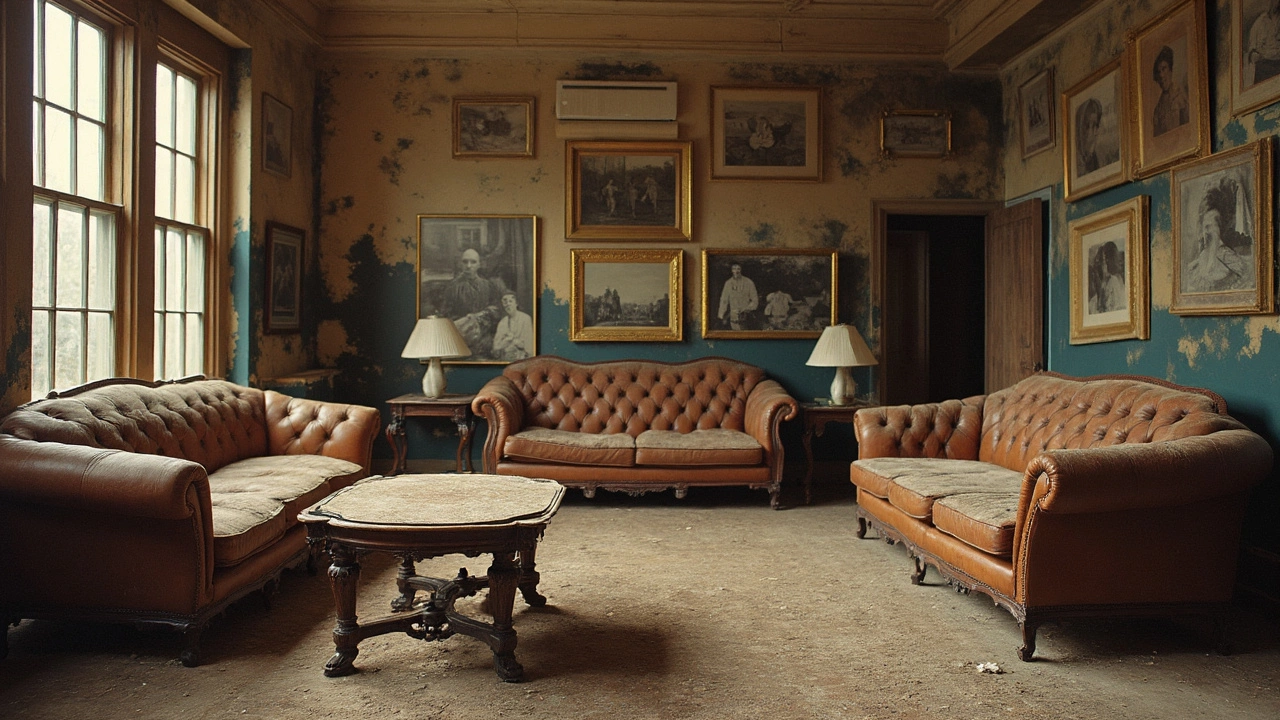Out of Business – What to Do When Your Favorite Furniture Brand Closes
Ever bought a sofa or a coffee table only to discover the maker has shut down? It feels like a dead end, but it’s not. You can still protect your investment and keep your living space looking great. Below are practical steps you can take the moment you hear a brand is out of business.
Why Brands Go Out of Business
Most people assume a brand disappears overnight, but the reasons are often longer term. Bad cash flow, rising material costs, or a shift in consumer taste can tip a company over the edge. In the UK market, even well‑known names can falter if they miss the sustainability wave or fail to modernize their online sales.
When a brand closes, retailers usually sell off remaining stock at discount prices. That’s a golden window for savvy shoppers who want high‑quality pieces without paying full price. However, you’ll also lose warranty support and official spare parts, so it pays to act fast.
Finding Alternatives and Replacements
First, check the clearance aisle of the store that carried the original brand. You might snag the exact model you wanted before it disappears completely. If that’s not an option, look for similar styles from other makers. Focus on key features that mattered to you – hardwood frames, solid upholstery, or a specific finish – and search for those specifications.
Online marketplaces like Etsy or local artisan workshops can fill the gap with custom pieces. Because Rustic Social specializes in handcrafted, sustainable furniture, you can order a made‑to‑order sofa that matches the aesthetic of the discontinued line. Custom orders also give you the chance to pick fabrics that are more durable or easier to clean.
Don’t forget second‑hand platforms. A closed‑brand piece may appear on sites like eBay or in local charity shops. Even if the item shows wear, a quick re‑upholster or a fresh coat of paint can bring it back to life. The cost is usually a fraction of a brand‑new piece.
Finally, keep an eye on warranty transfers. Some manufacturers allow you to transfer remaining warranty periods to a newer model from a partner brand. This can save you money on future repairs and give you peace of mind.
In short, a brand going out of business doesn’t have to mean you’re stuck with an unfinished room. By acting quickly on clearance sales, exploring custom options, and checking second‑hand sources, you can keep your home stylish without breaking the bank.
Stay flexible, compare specs, and remember that the end of one brand often opens the door to a better fit for your space.
Why Did Flexsteel Go Out of Business?
Flexsteel, once a popular name in the furniture industry, faced financial challenges leading to its closure. Many wonder why a company with such a strong brand reputation couldn't sustain itself. This article delves into the reasons for Flexsteel's downfall, shedding light on market trends, consumer preferences, and internal decisions. Understanding these factors provides valuable insights for both consumers and businesses in the furniture market.
More
